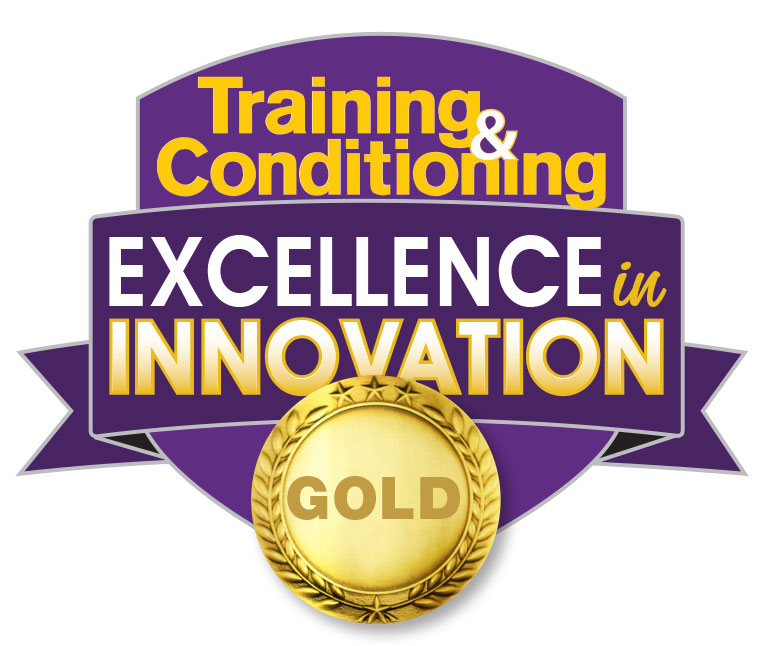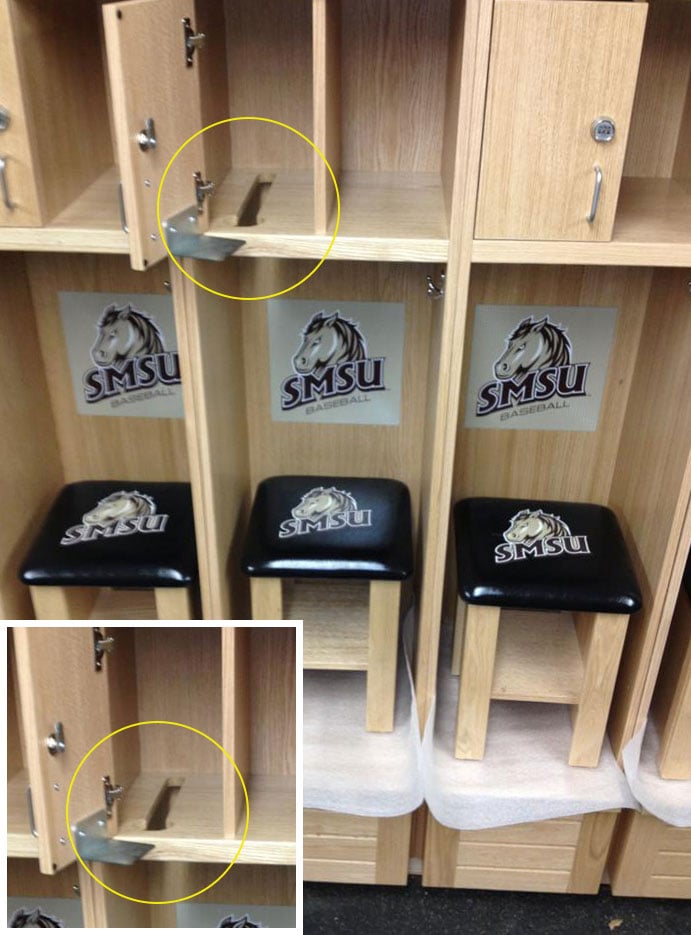Building a strength and conditioning program
When we talk about the “state of the industry” of high school athletics, it is virtually impossible to do so without mentioning the strength and conditioning department within the overall athletic umbrella. Much like the structure of a building is dependent on its foundation, a robust athletic program is heavily dependent on the foundation the strength and conditioning department has created.
But where do you start, and how do you go about evaluating your existing program? Will your program fall under the academic umbrella of physical education, or will it exist within the athletic department. Do we hire coaches to train all the teams or do we let each sport’s coach be their teams strength and conditioning coach?
Here are some guidelines to consider when developing a high school strength and conditioning program.
Develop a system
When you think about long standing successful teams such as the St. Louis Cardinals, New England Patriots or the San Antonio Spurs, consider what they all have in common. You might find that each has their own individual organizational systems that make them unique and successful.
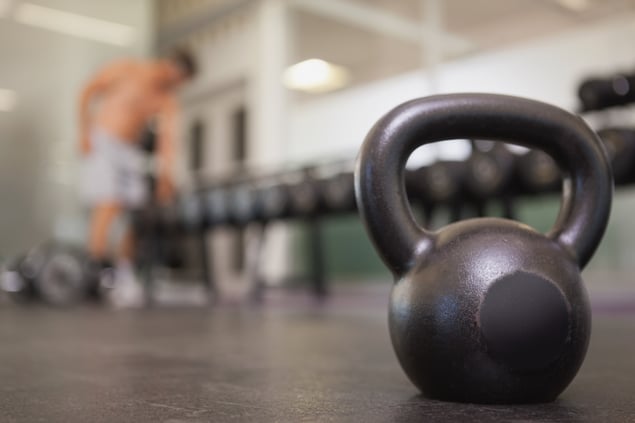 via shutterstock.com via shutterstock.com |
In developing your system, the first step is to take a hard and long look at your organization so you have a clear view of your strengths, weaknesses and resources. Determine your core values as an organization and decide what you want the outcomes to be as it pertains to your student-athletes. Use your school or school district’s mission statement as an outline for developing your system. If the components of your system do not align with your school mission, support may be difficult from the board of directors or whomever is making final decisions about the strength and conditioning program.
After you create your system, it can act as a filter for all subsequent decisions about your program. For instance, when you hire a coach, do their qualifications and core values align with your organization? When purchasing equipment, does the quality and functions of the equipment align with your school’s population and training goals? Your system makes these choices clear for your organization.
Determine your training spaces
Whether you are constructing a new building or using existing spaces, think outside of the box when determining your training spaces. With new construction, choose large, unobstructed spaces that have good transition areas such as entry to an outside field, courts or hallways without windows. These transitional areas can act as secondary training spaces to accommodate overflow or groups that are waiting to train.
If you are not dealing with new construction, look at the usage of certain existing spaces and determine if it would be better served as a strength and conditioning room. If you have no permanent space, buy equipment that is mobile so you can take your training to the field, courts or pool decks. If there is a dedication to training no matter the space, the commitment can open up the conversation for acquiring or developing permanent spaces in the future.
Equipment that transcends philosophies
Purchasing equipment is one of the most important choices you make when developing a strength and conditioning program. Your equipment choices typically outlast your personnel, so making purchases that transcend philosophies is a must.
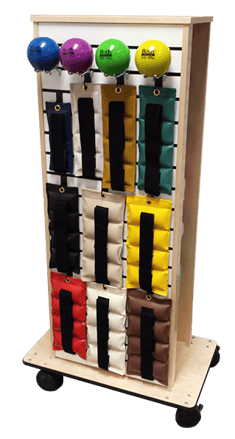
For example, if you invited five professional strength coaches to your weight room, all five should look at your room and have foundational equipment that is needed to implement a variety of programming. It’s important to purchase equipment that is appropriate for the masses and it’s wise to think of your largest team or class and work your way backwards to your smallest.
Go visit equipment manufacturers or schools that have the equipment you are considering and ask questions about quality and service. Ask yourself, “If I were to be able to purchase a brand new weight room, would I choose the company and equipment I originally used?”
Get multiple quotes from several manufacturers. If one manufacturer’s equipment is considerably less expensive than their competitors, there may be a reason for that. You want to find out all the information before you purchase.
Hire trained professionals
When choosing a director to run your strength and conditioning program, there are some important qualifications to look for.
First, check whether they have a degree in an exercise science or kinesiology field? Physical education, sports medicine, pre-medicine, exercise physiology, corporate fitness and personal training all fall under those fields. Secondary qualifications are professional certifications from organizations such as the National Strength and Conditioning Association, National Academy of Sports Medicine, and USA Weightlifting. Other core considerations are experience working large groups, having an understanding of the growth and development of adolescents and young adults, and experience writing exercise programs for a variety of teams or individuals.
Determine an evaluation strategy
It is important to have tangible measures to evaluate your strength and conditioning program so that athletes, coaches, sports medicine staff and administrators have the ability to comment and ask questions about the effectiveness of the program.
One way to do this is to create a testing system that is repeatable and non-sports specific. By introducing pre- and post-fitness testing, the entire athletic staff can discuss and evaluate the results. For the athletes, testing allows them to see how they are progressing. Check in seasonally with your school trainer or sports medicine department and discuss injuries by sport. Talk about ways in which the strength and conditioning department can help reduce those injuries. Schedule postseason meetings with sports coaches to talk about their previous and upcoming seasons. And ask the coaches how their strength and conditioning program impacted their team’s performance and injury reduction.
Create a learning atmosphere
|
|
Motivation by education is an approach that is often an effective method for all involved in the athletic program. For athletes, teaching the “what” and “why” of training creates buy in. When athletes understand, they begin to trust, which often results in another level of commitment and effort.
Another way to create an atmosphere of learning is for the strength and conditioning coach to hold in-services for their sport coaches. Teach the coaches ways in which they can implement training in their practice plans, including warm-ups, cool downs and conditioning sessions. If you can provide a sport coach with tools to make his or her team more productive and better, bonds between the sports and strength coaches grow.
Lastly, allow your strength and conditioning coaches to “sharpen the sword” by supporting professional development. Attending local, regional, and national clinics and conferences allows the coaches to make connections and compare their training to others while learning from experts in their field.
Create a culture of training
In the old days, the typical weight room was not an atmosphere for inclusivity. Football was the dominant team and upperclassmen were the dominant population.
Today’s weight room needs to be a welcoming place for all, and that doesn’t happen by accident. Female athletes need to know that the training space also belongs to them, and this begins as soon as they step foot on campus.
Create training days and times for different teams and different levels of teams — freshman, junior varsity and varsity. Each team will benefit from training with a program that is tailored to their sport and level of experience. This method can build each team’s dynamics and put individuals in a situation where they are training with physical peers. This balancing act creates an atmosphere of comfort and allows the team members to progress in a natural way that reduces self-consciousness.
This blog was initially published on coachad.com and was written by Darnell Clark. It can be found here.

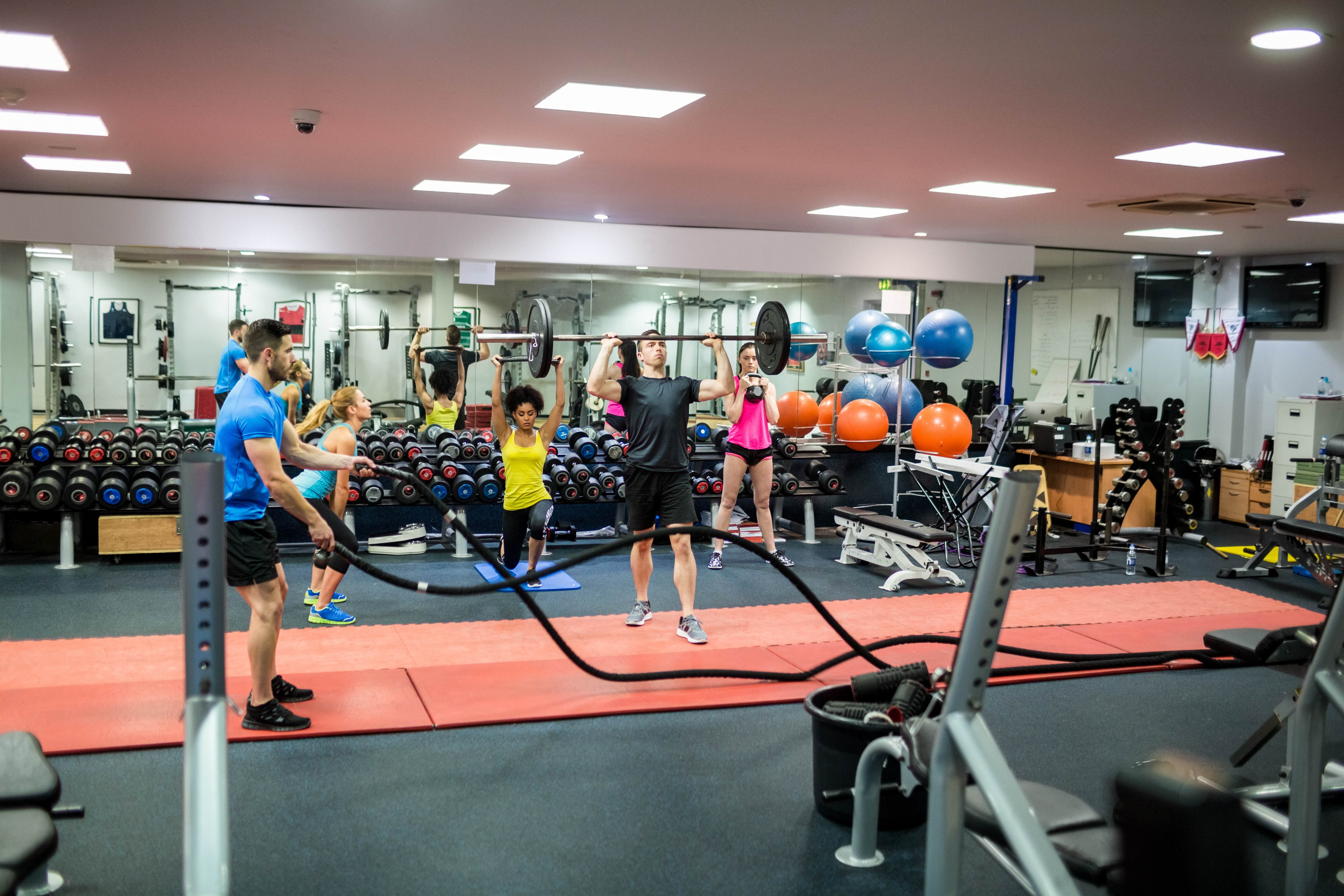
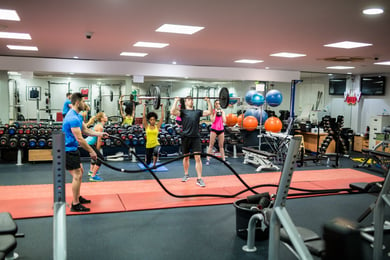

.webp)

